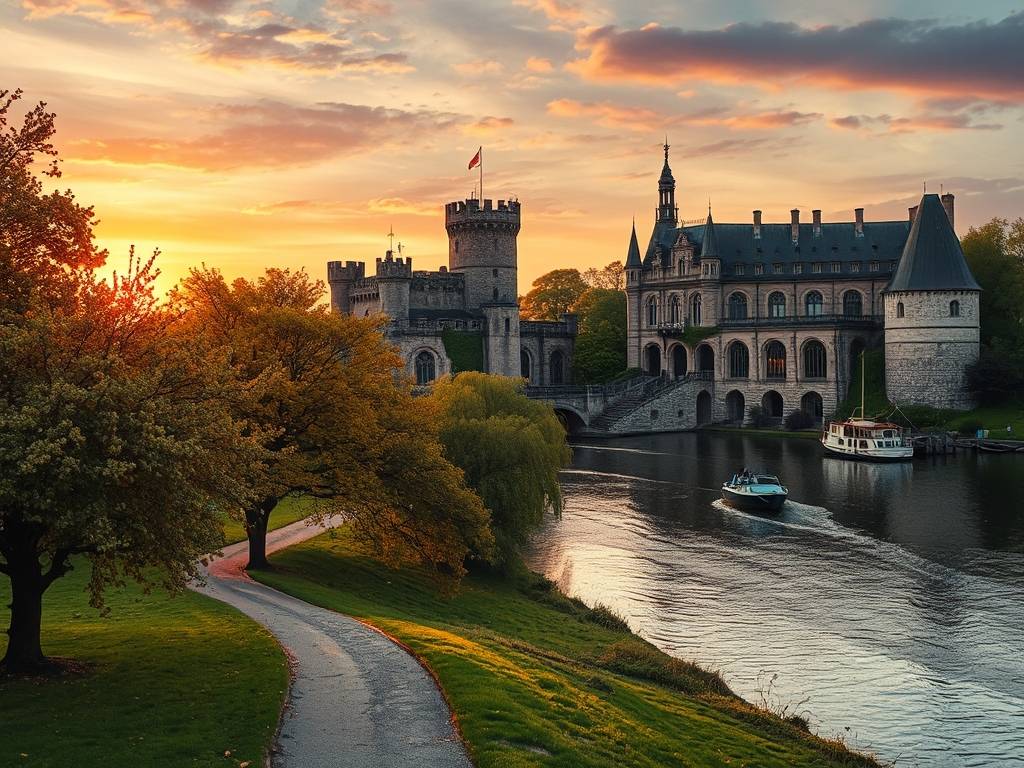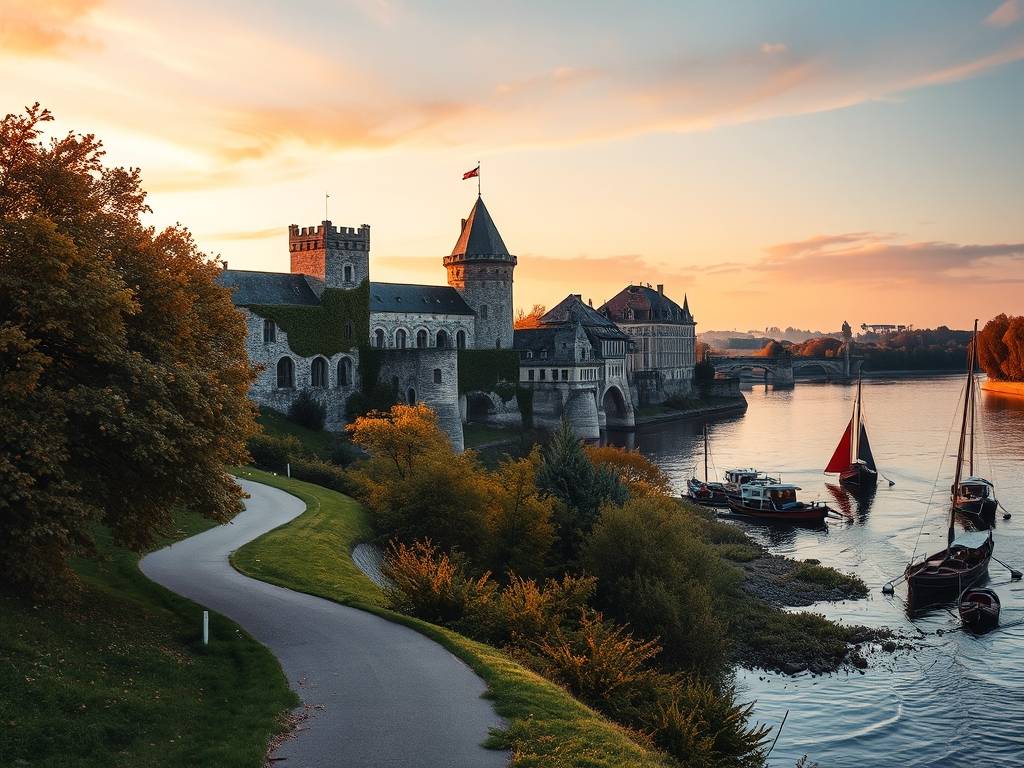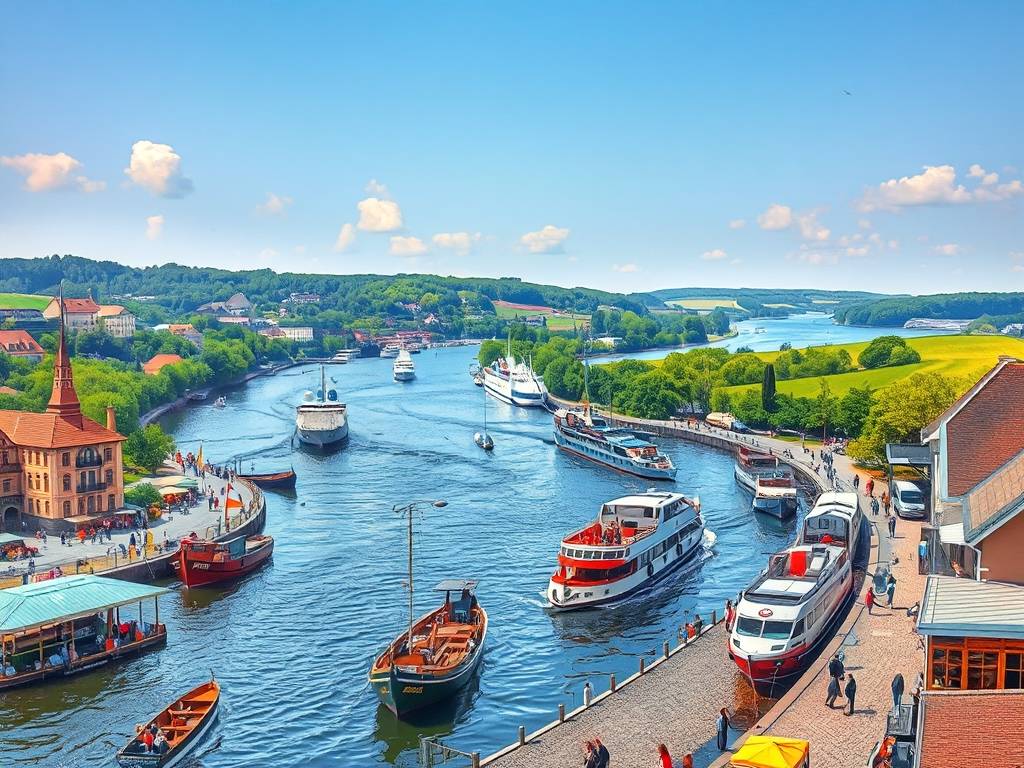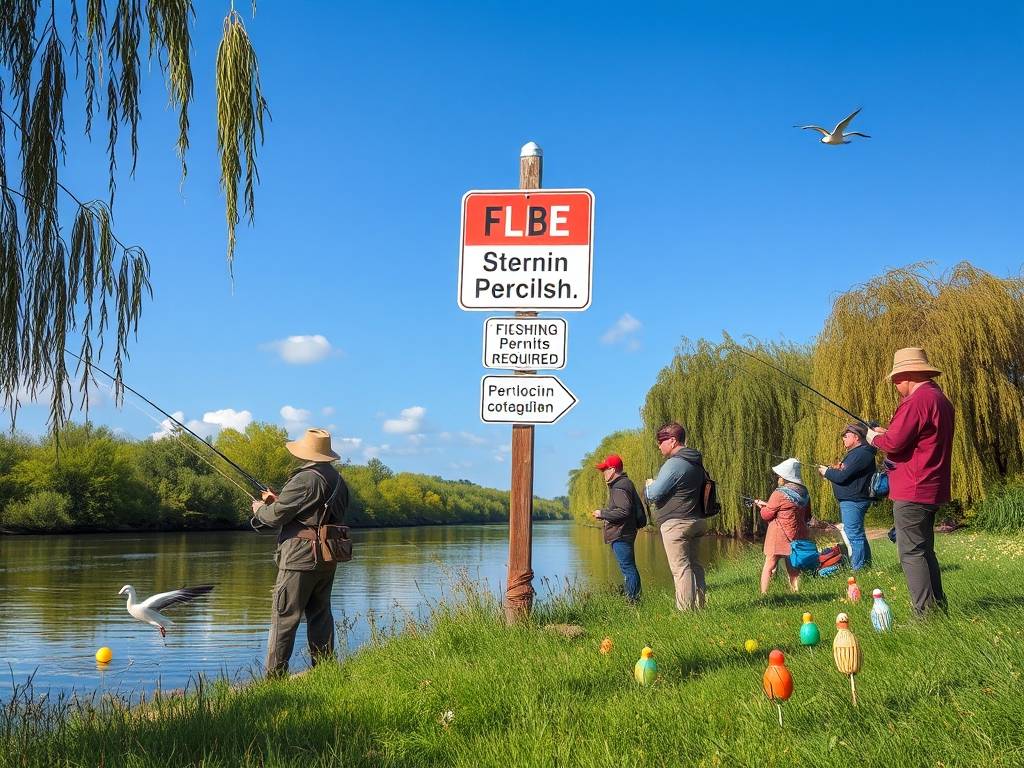Global Travel Information
Elbe River Castles & Palaces: Historical Sites Along the Banks
Romance and Resilience: Discovering the Enchanting Castles and Palaces of the Elbe River
There is a unique magic to a river journey. It’s a slower, more contemplative way to travel, where the landscape unfolds like a living storybook. And few rivers in the world tell a story as rich and visually stunning as Germany’s Elbe. Flowing from the Czech Republic to the North Sea, the most captivating stretch for any history or architecture enthusiast is arguably the Elbe Valley in Saxony, a UNESCO World Heritage landscape often nicknamed "The Florence on the Elbe." Here, the riverbanks are adorned with a breathtaking succession of castles, palaces, and fortresses, each a chapter in a grand historical narrative. This isn't just a collection of old buildings; it's a journey through time, exploring the legacies of kings, electors, and industrialists who shaped this region.
The story of these Elbe River castles is deeply intertwined with the geography itself. The river was a major medieval trade route, and controlling it meant controlling wealth and power. Naturally, the ruling elites built their strongholds on the dramatic, rocky outcrops overlooking the water. These were not just homes; they were statements of authority, strategic military points, and toll collection stations. Over centuries, as cannons rendered high walls less effective and tastes evolved, these fortified castles were often transformed into the more refined and luxurious Elbe River palaces, designed for pleasure and pageantry rather than defense.

Any exploration must begin with the crown jewel: Dresden's magnificent Zwinger Palace. While not perched directly on the riverbank, its proximity and immense significance make it the cultural heart of the region. A masterpiece of Baroque architecture, the Zwinger was built in the early 18th century by Augustus the Strong, Elector of Saxony and King of Poland. He was a man of immense ambition and taste, and the Zwinger was his stage for lavish court festivities. With its sprawling courtyards, ornate pavilions, and the famous Nymphs’ Bath fountain, it feels less like a palace and more like a dreamscape in stone. Today, it houses several world-class museums, including the Old Masters Picture Gallery, home to Raphael's Sistine Madonna. The historical significance of the Zwinger Palace is twofold: it represents the absolute pinnacle of Saxon cultural ambition and, like much of Dresden, it stands as a symbol of resilience, having been painstakingly rebuilt after its near-total destruction in World War II.
A short drive or a delightful cruise downriver brings you to the sight that defines the Elbe Valley romantic landscape: Schloss Pillnitz. This palace is a fascinating departure from the Baroque norm. Augustus the Strong, inspired by a growing fascination with the Orient, commissioned this as a summer pleasure palace. The result is a unique blend of Baroque and Chinoiserie styles. The sprawling complex consists of a Riverside Palace, an Upper Palace, and the connecting Lustgarten (Pleasure Garden). The most famous resident of Pillnitz is not a person, but a plant: the over-250-year-old Pillnitz Camellia. So cherished is this tree that a mobile glass house is built around it each winter to protect it. A visit to Schloss Pillnitz and its panoramic Elbe River views offers a glimpse into the playful, exotic fantasies of Europe's 18th-century aristocracy.
Further upstream, clinging precariously to a rock face, is the archetypal German castle: Schloss Weesenstein. Its architecture is a historical puzzle, as it was built from the top down. The oldest parts are at the summit, with newer levels added downwards over six centuries. This means you enter through the grand, more "modern" halls and descend through time into the medieval cellars and chapel. For generations, it was the seat of the von Bünau family, but its most famous resident was King John of Saxony, who, during his exile in the 19th century, translated Dante's Divine Comedy into German within its walls. The castle's unique construction and the story of its royal Saxony heritage at Weesenstein make it a captivating stop, offering an intimate look at centuries of layered history.
No tour of fortified castles along the Elbe is complete without visiting the two sentinels guarding the river: Festung Königstein and Burg Stolpen. Königstein Fortress is not a palace; it is a statement of sheer, unassailable power. Perched on a table mountain high above the river, this is one of the largest hilltop fortresses in Europe. Its walls enclose over 50 buildings, including the deepest well in Saxony and a massive 19th-century cask cellar. For centuries, it served as a state prison, a safe haven for the Saxon art treasury during wars, and an impregnable military stronghold. The panoramic views from Königstein Fortress are simply unmatched, offering a strategic overview of the entire valley that explains its enduring importance.
Nearby, Burg Stolpen tells a more personal, and tragic, story. For over 49 years, this fortress was the prison of Countess Cosel, the famously beautiful and intelligent mistress of Augustus the Strong who fell from grace. Her story of glamour, political intrigue, and ultimate confinement gives Stolpen a deeply human dimension. The castle itself, built directly on a basalt rock formation, is rugged and imposing. Walking through the cold, stone chambers where Cosel spent the second half of her life is a poignant reminder of the personal dramas that played out within these stone walls, adding a layer of human emotion to the historical legacy of Elbe River landmarks.
Beyond the well-trodden path, the Elbe Valley holds other treasures. Schloss Moritzburg, a short detour from the river, is a hunting lodge straight out of a fairytale. Situated on an artificial island in the middle of a serene lake, its four round towers and symmetrical perfection are breathtaking. It was another project of Augustus the Strong, who expanded a former Renaissance lodge into this Baroque jewel. The interior is filled with lavish Baroque décor, and its most unique collection is an assembly of red deer antlers, one of the largest in Europe. The castle is also famously known as a filming location for the beloved Eastern European Cinderella film, "Three Wishes for Cinderella."
For those seeking a different perspective, the Meissen Albrechtsburg Castle is essential. Perched high above the town famous for its porcelain, Albrechtsburg is considered Germany's first castle built purely as a residential palace, not a fortress. Its late-Gothic architecture is stunning, particularly the magnificent Great Hall and the innovative, winding staircase. It was here that the secret of hard-paste porcelain, "white gold," was first discovered in Europe, forever linking the castle to the global prestige of Meissen porcelain. Exploring its halls connects you to a pivotal moment in European art and industry.
To truly immerse yourself in this landscape, consider your mode of transport. The Elbe River bike path is one of Europe's most popular, offering a flexible and active way to hop from one castle to the next at your own pace. For a more relaxed journey, the Saxon Steamship Company operates the world's oldest and largest fleet of historic paddle steamers. There is nothing quite like standing on the deck of one of these white, elegant vessels, hearing the chug of the engine and the splash of the paddlewheel as the castles glide by, a scene unchanged for over a century.
The Elbe River castles and palaces are more than just stone and mortar. They are a testament to human ambition, artistic genius, and the enduring power of a romantic landscape. They tell stories of war and peace, love and betrayal, deep faith and profound secular power. Whether you are a history buff, an architecture lover, or simply a traveler in search of beauty, a journey along the Elbe is a voyage into the very soul of Germany, leaving you with memories of a landscape where history is forever etched into the horizon.

相关文章
- Elbe River Accommodation: Best Hotels Near the Water
- Elbe River Fishing Spots: Permits & Top Locations
- Elbe River Transportation: How to Get Around Easily
- Elbe River Safety Tips: Stay Safe During Your Visit
- Elbe River Winter Travel Guide: What to Do in Cold Months
- Elbe River Summer Activities: Kayaking, Picnics & More
- Elbe River Autumn Scenery: Fall Foliage Viewing Spots
- Elbe River Spring Events: Blossoms & Festivals
- Elbe River Cruise Prices 2025: Booking Tips & Deals
- Elbe River Day Trips: Short Excursions from Berlin
发表评论
评论列表
- 这篇文章还没有收到评论,赶紧来抢沙发吧~


